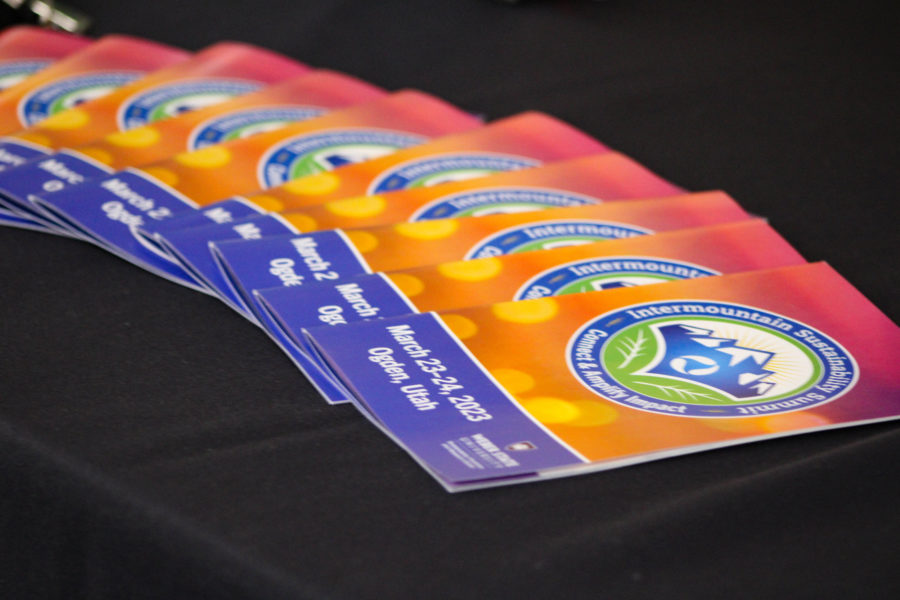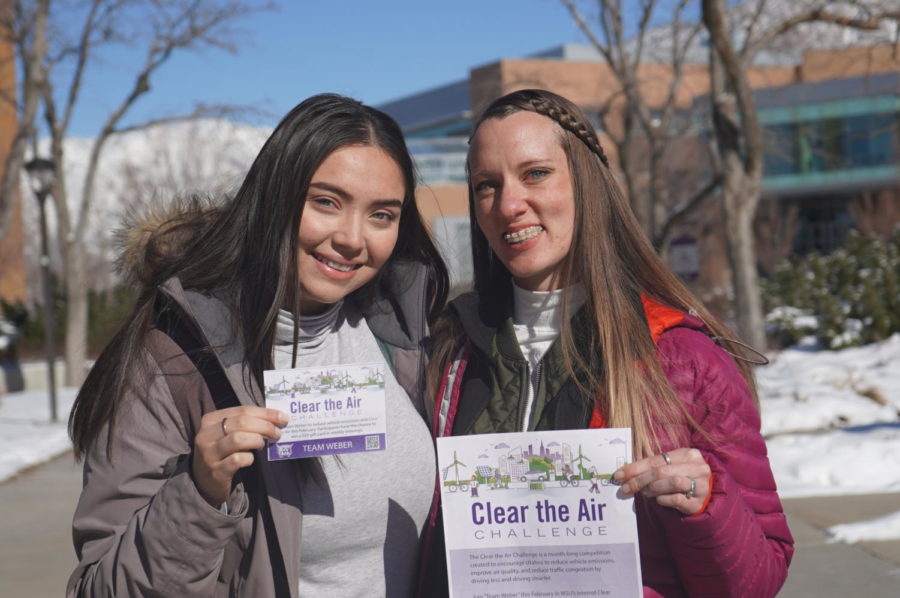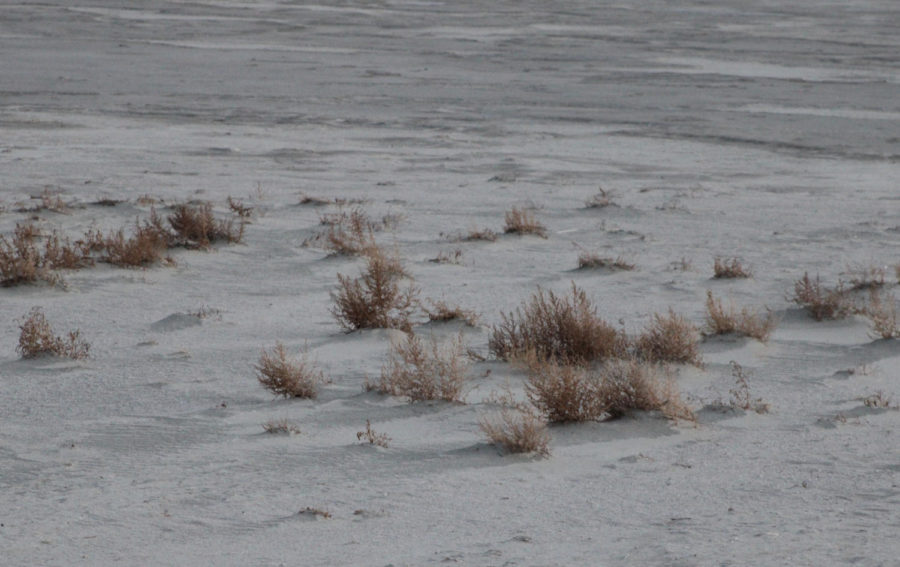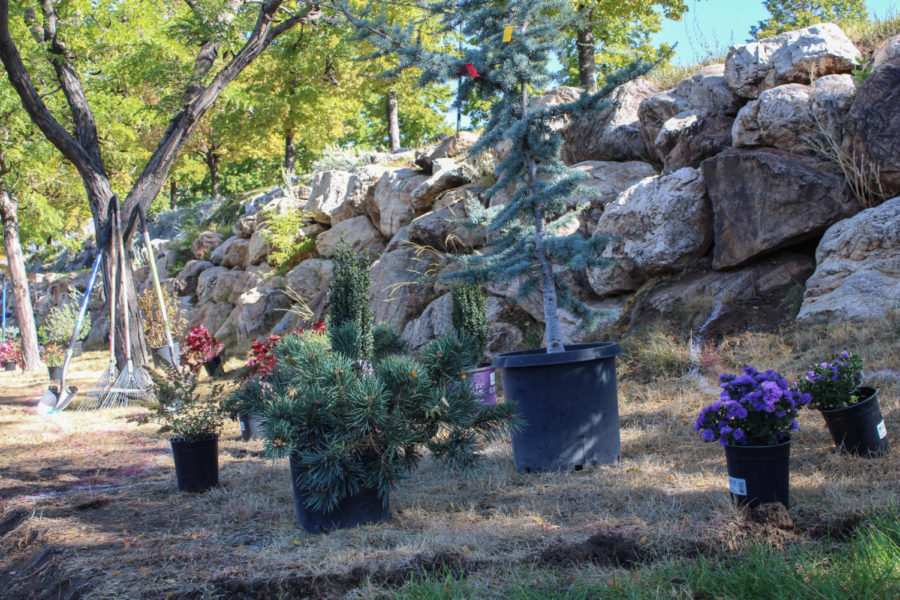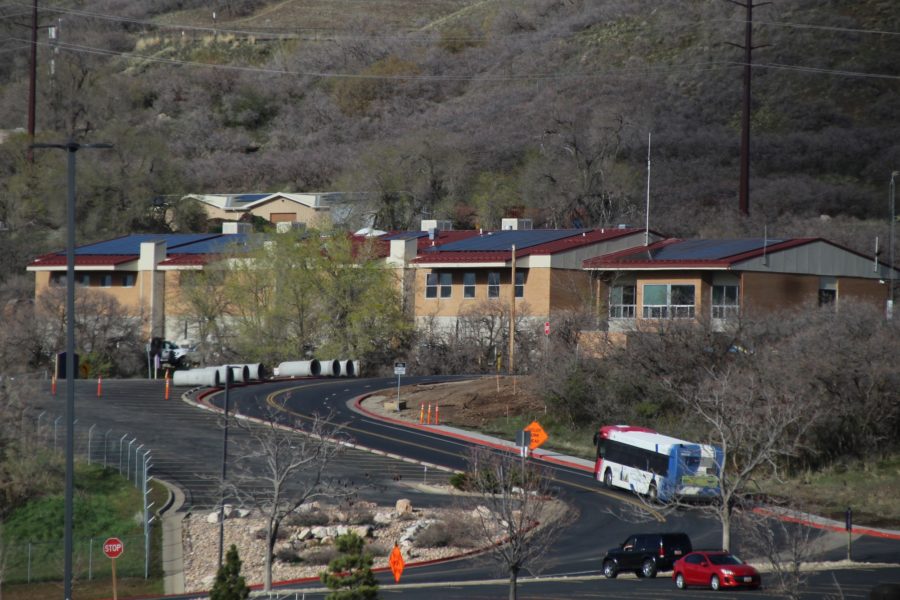
Last May’s constant parade of rainstorms were a welcome and needed climatic event. However the overall water picture in Utah remains dry and complicated.
May was wet and cool and added much-needed reserves to Northern Utah’s surface water supplies. While these reserves are good news for the short term, they may not equate to as much relief in the long run.
Though, on average, they were raised by 20%, river and stream levels are still considered drier than normal, and a few, including the Weber River, are running below 50% of normal levels. The wet May built up surface water reserves, but those are just one factor in Northern Utah’s overall water status.
May brought an average of 5-6 inches of rainfall statewide. The moisture was between 2-3oo% of normal levels and as high as 400%, which had a big impact. The winter was far warmer and drier than normal, and in the longer run, the effect, though important, was small.
Tage I. Flint of the Weber Basin Water Conservancy District said aquifers will be reacting to multiple years of drought over the next few years. “We expect them to be on the downtrend for some time. We have not reached a critical problem in our area,” Flint said.
According to Dr. Randall Julander at the Natural Resources Conservation Service of the U.S. Department of Agriculture, you can think of our water supply as being like a savings account at a bank.
The wet May was like getting an unexpected bonus check. “It will help us pay the bills for June and July, but come August… it’s back to the bank,” Julander said.

Northern Utah is currently experiencing a dry period but not necessarily a drought. In paleohydrologic terms, a drought in Utah is a decades-long, even century-long, event.
Utah has experienced perhaps ten of these mega-droughts, according to data collected from tree-ring studies and other sources. In fact, Utah has been in a particularly wet period since the Westward expansion.
“In the paleo record, Utah had droughts that were much more intense in magnitude and of 30 to 80 year durations.” Julander said. “If you can turn on your tap and water comes out, is that a drought? Not really.”
Utah’s water climate cycles at around twelve years, where six are wet and six are dry. Currently, it is nearing the end of a six-year dry period.
“The last 100 years, overall, are far wetter than the 800 years previous. But within that wetter period are cycles of wet and dry weather.” Dr. Robert R. Gillies, the Director of the Utah Climate Center at Utah State University (USU) and State Climatologist for the State of Utah, said.
Groundwater is recharged mainly by snowpack, and for the last few winters and springs, the snowpacks have not been good, so there there is still room for concern.
A pair of satellites known as the Gravity Recovery and Climate Experiment, or GRACE, use a laser to measure gravity on the ground. As groundwater changes, so does the gravity of that location. They have shown that Utah’s aquifers are well below normal.
Over the last 50 years, the Utah springs have been getting wetter, on average, and the climate is getting warmer. Climate is very complicated, and specific cause-and-effect relationships are hard to pin down. It does appear to be connected with carbon output, suggesting it could be an effect of global warming.
“How it will affect the climate cycle is a tricky question,” Gillies said.
One thing all water experts agree on is the need for conservation and not just in the short term. Conserving water in Utah should be a social and cultural imperative if we want to keep those taps flowing.
The effects on agriculture alone are immediate and require communities to conserve as much as possible.
“Culturally, it is always best to conserve. Everybody can make a difference in conserving water,” said Julander.
After all, it’s important to keep some money in the bank for a rainy day.








